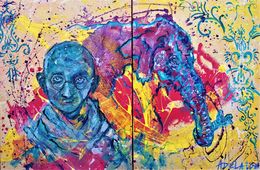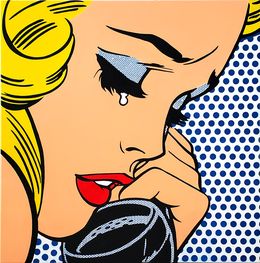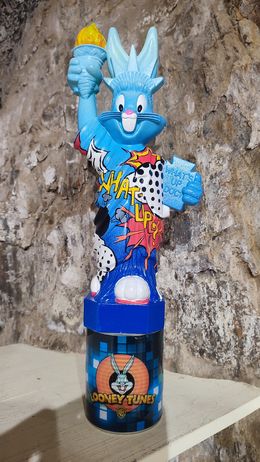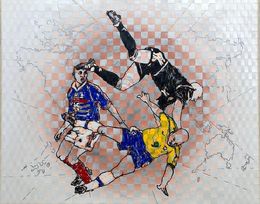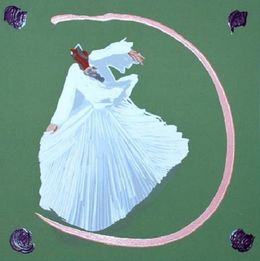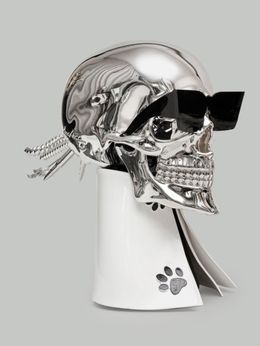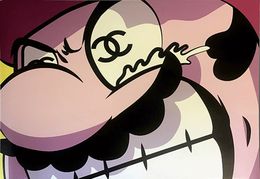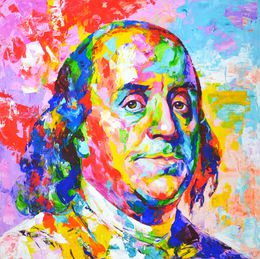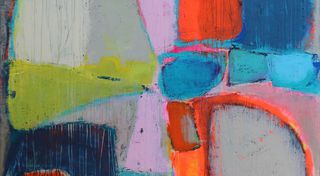
Inspired by Pop Art
Pop art, short for "Popular Art", appeared in Great Britain in the mid-1950s. Offering a completely new vision of art, this movement is defined by the use of elements taken from popular culture. In its history, artwork has been created in unique or very limited methods of production which traditionally gave it its appeal.
However pop art completely overturns artistic tradition by not only adapting its methods to mass production, but also by focusing on everyday subjects that remain accessible to the general public. This movement shows that elements of popular culture are compatible with our understanding of fine art. Indeed, by taking the object out of its usual context, isolating it or combining it with others, pop transforms the ordinary object into one worthy of contemplation. Thus, the key to understanding pop art lies in the appreciation of the attitude felt towards the work rather than in the importance of the actual work itself. The position of the artist was therefore completely re-evaluated, paving the way for other contemporary movements.
Although pop art was born in England, it was also very widespread in the United States, although in a slightly different form. In Britain, the idea was to mix science fiction and technology with advertising and consumer objects. In the United States, advertising was already very sophisticated, so artists played upon these objects by rendering them into simpler forms.
The founding fathers of this movement were Andy Warhol, Roy Lichtenstein and James Rosenquist. Pop art's legacy remains strong as Artsper demonstrates with examples of artists directly influenced by these greats such as Simone De Rosa, Tehos and Keymi. Even today, popular references, celebrities and consumer goods inspire many contemporary artists. Discover the selection curated by our Artsper's experts!
Save your search and find it in your favorites
Save your search to find it quickly
Saved search
Your search is accessible from the favorites tab > My favorite searches
Unsaved search
A problem occurred

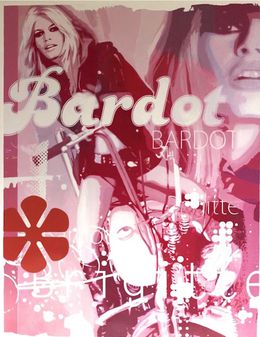

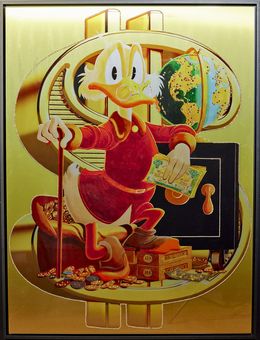
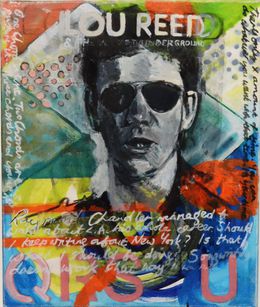
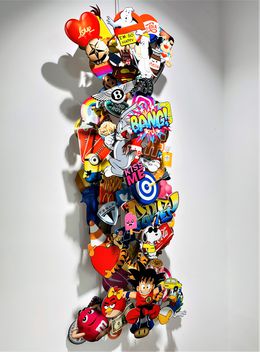

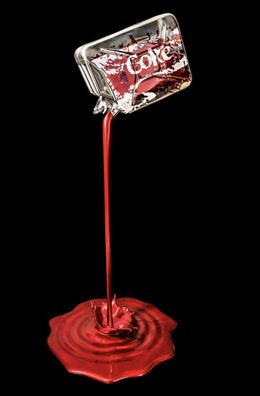



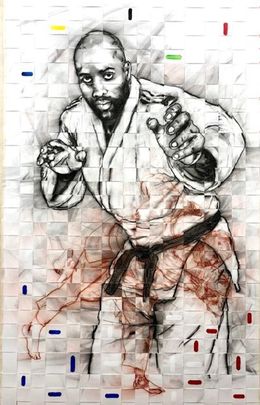
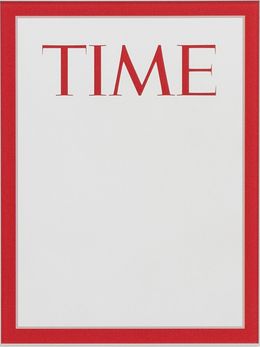

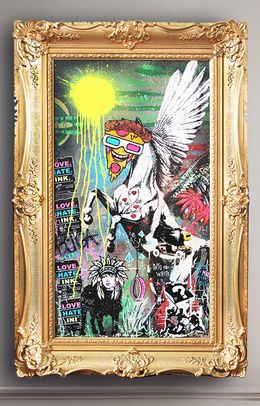






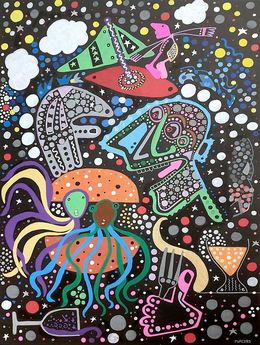




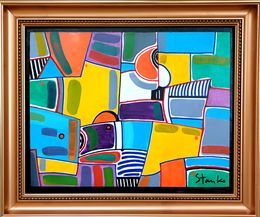

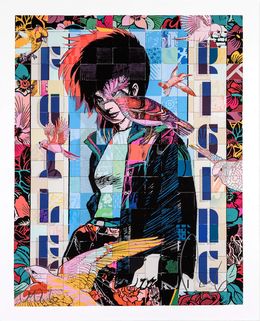



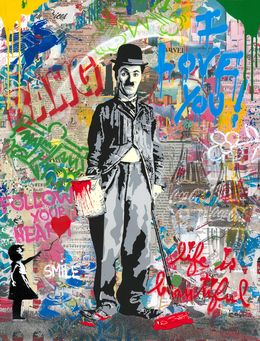
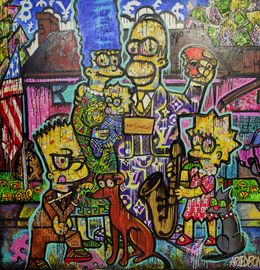

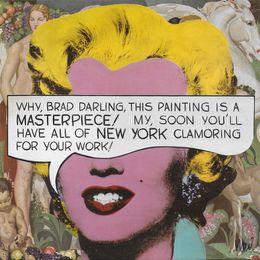



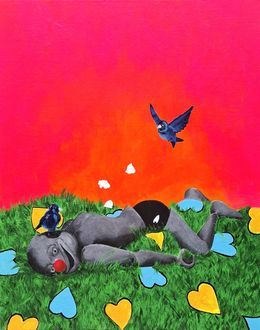
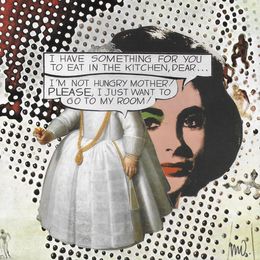
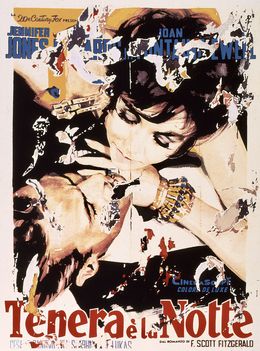
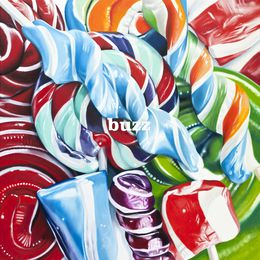
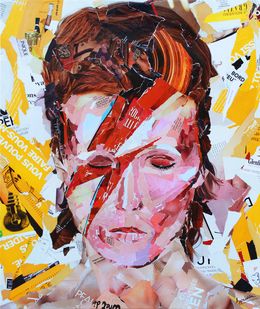

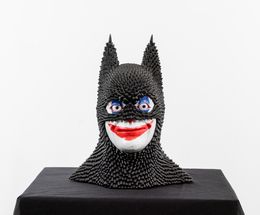
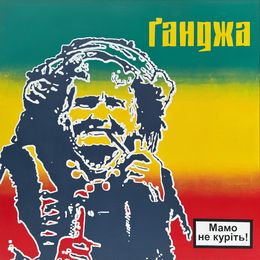
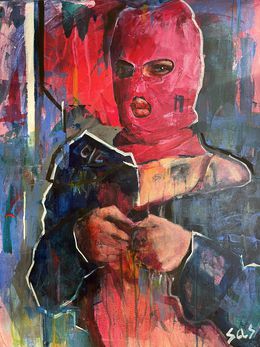
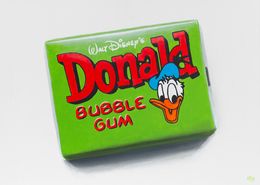
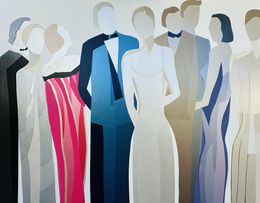




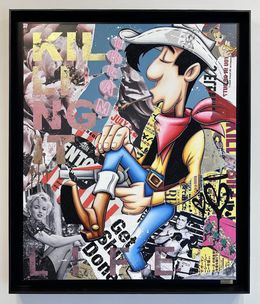

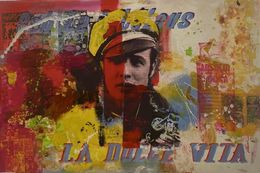
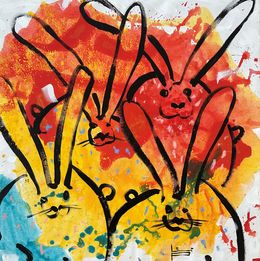

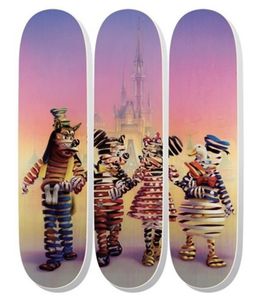



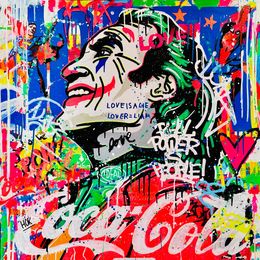
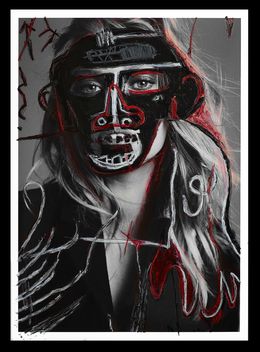






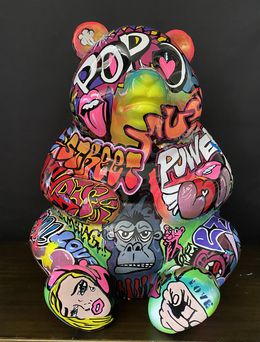


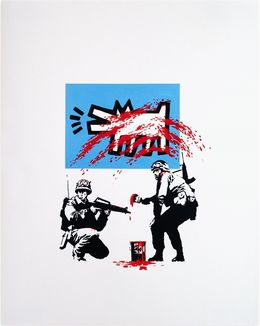
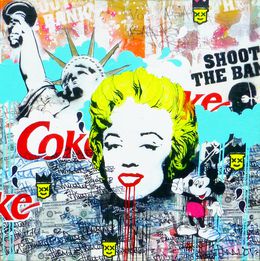

Jean-Jacques André
Fine Art Drawings - 100 x 62 x 1 cm Fine Art Drawings - 39.4 x 24.4 x 0.4 inch
$759 $607
